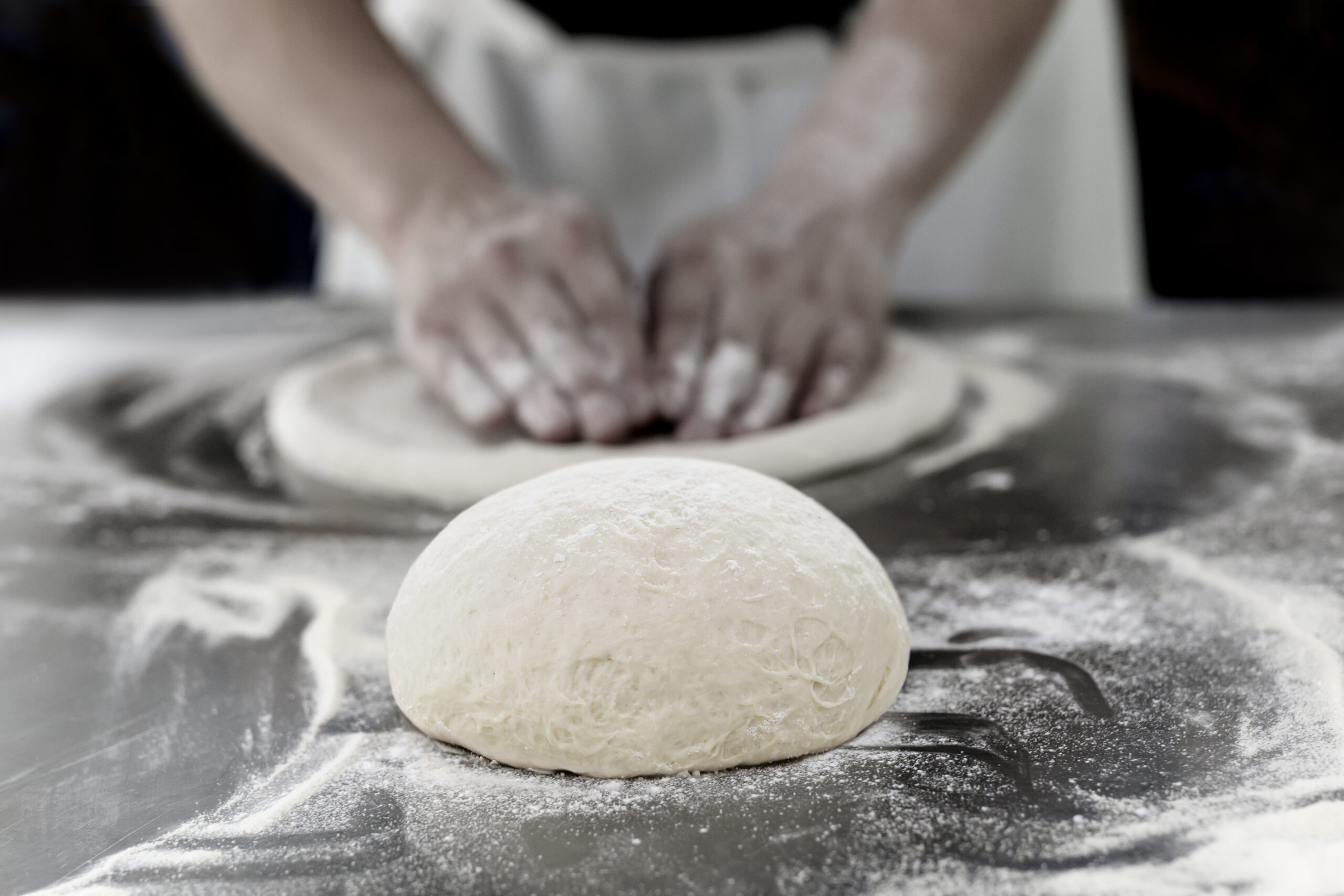CLASSIC DOUGH
This kind of dough is created exclusively with the use of ‘whole wheat’ flour, obtained from the whole grain.
The ‘whole wheat’ flour is available in fine and coarse grain, but in both cases, it contains all kernel components because the whole seed is grounded, and nothing is removed.
The grain it’s only crushed to be transformed into flour.
It is a nutritional mixture of fibre, minerals and vitamins, particularly suitable for a healthy diet.
The flavour has strong, and the colour is almost brown.


